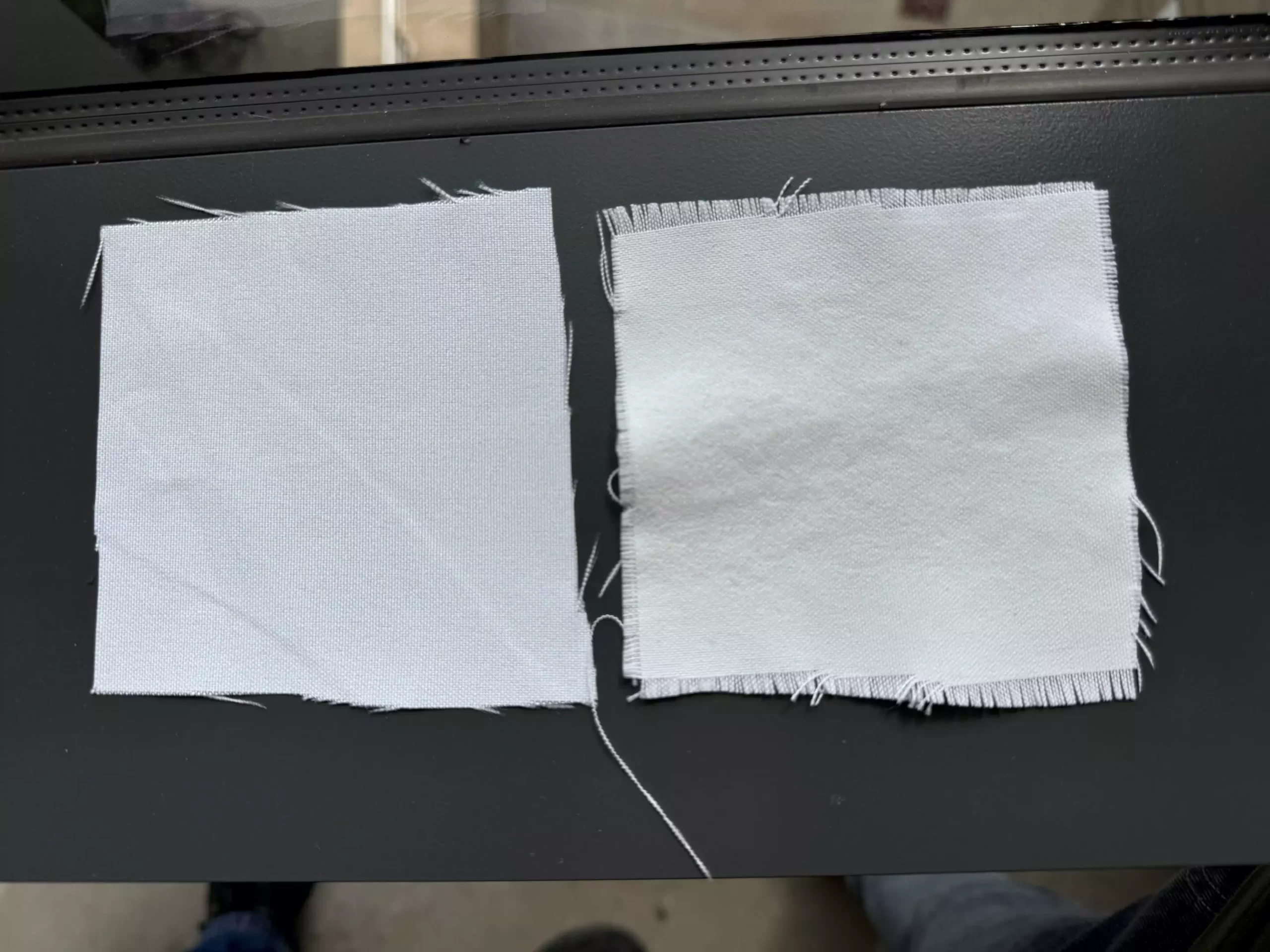As temperatures soar during the sweltering summer months, the quest for comfortable outdoor activities becomes increasingly challenging. Whether for athletes, children, or those working outdoors, the discomfort from heat is universally felt. Fortunately, researchers at the University of Massachusetts Amherst have taken significant strides toward alleviating this discomfort through the development of a cooling fabric treatment. This innovative chalk-based coating could redefine how we interact with textiles under the sun, offering a sustainable and efficient solution.
Modern outdoor fabrics often attempt to counteract the heat by either reflecting sunlight or enabling breathability to let body heat escape. Traditionally, these fabrics employ advanced materials such as titanium dioxide or complex polymers that may include harmful chemicals like perfluoroalkyl and polyfluoroalkyl substances (PFAS). While such solutions can effectively repel heat, they raise concerns about environmental sustainability and safety. The need for a scalable yet eco-friendly solution has become evident, prompting researchers to think beyond conventional methods and materials.
Led by Evan D. Patamia, a graduate student in materials science, the research team took a novel direction by questioning the reliance on synthetic and complex materials. With guidance from chemist Trisha L. Andrew, their objective became clear: to design a coating derived from natural and benign constituents. The team focused on developing a coating utilizing calcium carbonate—a fundamental component of limestone and chalk—which has historical uses in cooling structures.
Employing a technique known as chemical vapor deposition (CVD), which allows for a more straightforward application of polymer coatings, the researchers crafted an innovative method to bond calcium carbonate and barium sulfate to the fabric. This approach is commendably efficient, minimizing environmental impact compared to traditional fabric treatments. Critically, the inclusion of these natural materials not only enhances the cooling properties, but also aligns with current needs for sustainable production methods.
At the heart of this development lies the science of light interaction with materials. The researchers created a 5-micrometer-thick layer of poly(2-hydroxyethyl acrylate), which serves as a foundation for the cooling properties. Through a unique dipping process, the fabric is treated repeatedly with solutions containing calcium and barium ions. This results in the growth of uniform crystals that effectively reflect both UV and near-infrared light—key contributors to the warming effect of sunlight on the surface of fabrics.
Experimental evaluations have provided compelling results. When tested outdoors during hot conditions, the cooling fabric demonstrated an air temperature beneath it that was up to 8°F cooler than the surrounding atmosphere. In some instances, the temperature difference reached as high as 15°F between treated and untreated samples. This difference is substantial—indicating that this textile innovation offers a genuine experience of cooling even under direct sunlight.
An essential aspect of any fabric treatment is its durability, particularly in regular use scenarios including washing and exposure to weather. In a compelling demonstration of its resilience, researcher Megan K. Yee assessed the coating’s performance after simulated laundering and found that the cooling properties remained intact. This durability can enhance the longevity of the fabric’s effectiveness, making it a practical choice for consumers looking for reliable summer apparel.
With plans to scale this innovative process for larger fabric applications, the team aims to bring their breakthrough to market effectively. The startup venture led by Andrew seeks to fabricate larger rolls of cooling fabric, making it accessible for various commercial uses—an important step toward realizing widespread adoption. The potential applications range from athletic wear to everyday clothing, making it an exciting prospect for anyone who endures the heat.
In an era increasingly focused on sustainability, the chalk-based cooling fabric represents a critical move towards environmentally responsible textile innovation. By utilizing natural materials, researchers not only improve comfort but actively contribute to reducing the ecological footprint of the textile industry. This innovation, devoid of power requirements, could be especially beneficial for populations in regions experiencing extreme heat, providing respite without the need for energy-intensive cooling solutions.
The advancements stemming from this research open up avenues for sustainable fabric technologies that serve both form and function. Through the lens of innovation, the chalk-based cooling textile stands as a testament to human ingenuity—one that could very well change how we enjoy the outdoors during the blistering summer months.

